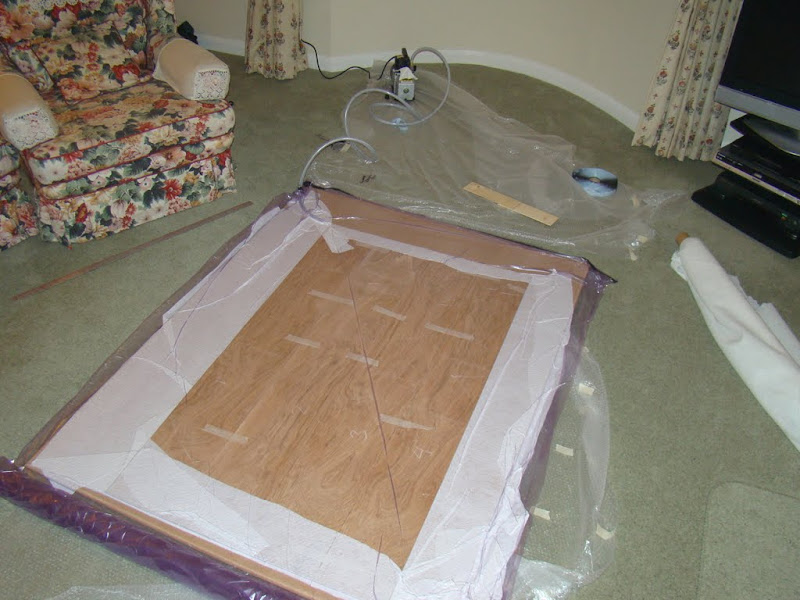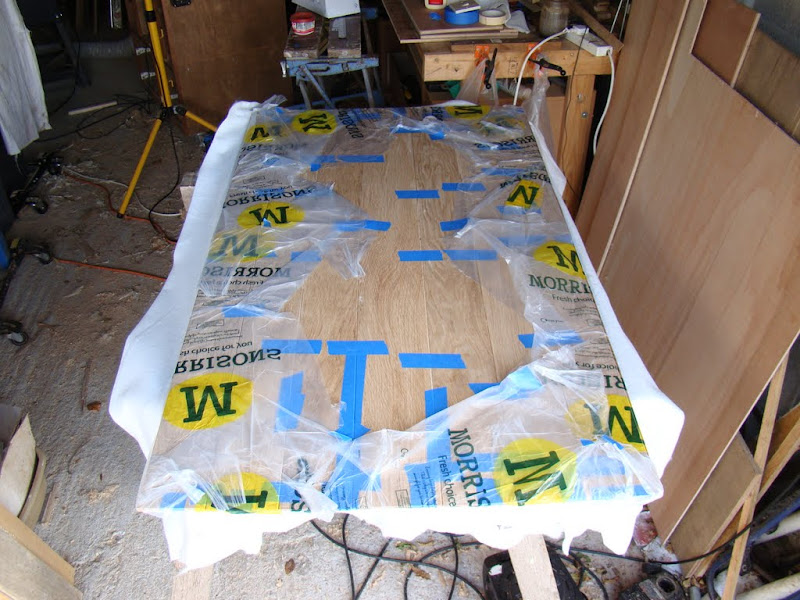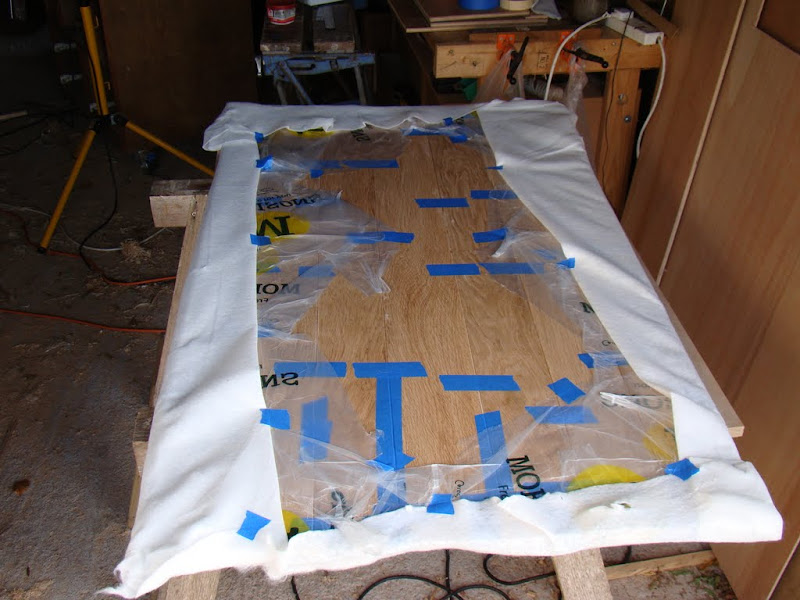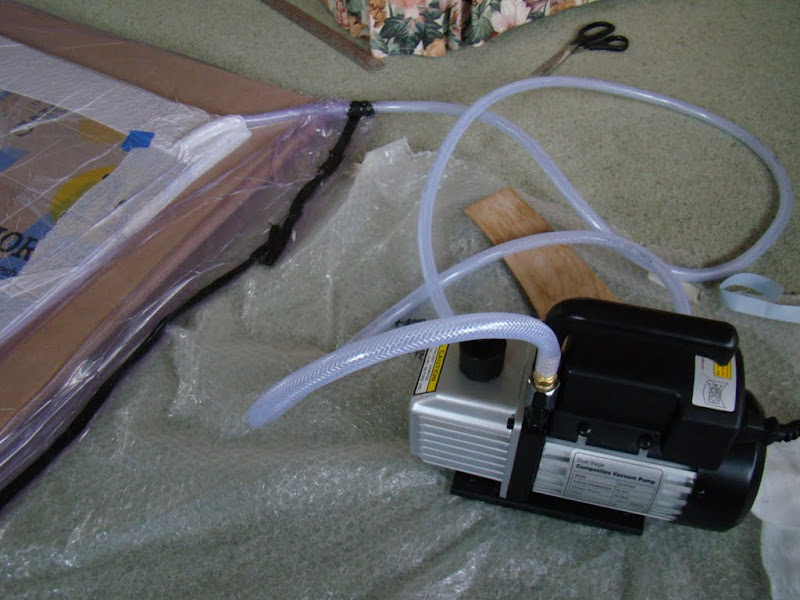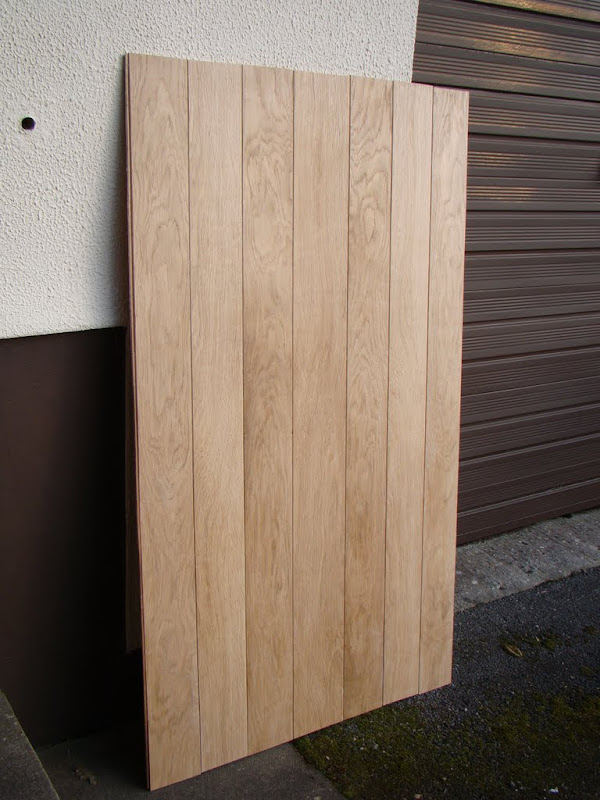hello everyone, my name is Miles and I design and make small furniture and related 3 dimensional objects, intro over 
I have read a few threads on here regarding vacuum bag pumps, bags etc etc, so apologies if I'm going over the same ground. I'm looking at investing in a small set up for now, I've done plenty of forming/bending using different techniques and now want to add a different dimension to my designs.
Ok, first question, is this pump any good, should I be worried about oil ? (I don't have permission to post links apparently, so it's the pump that East Coast Fibreglass supplies do)
Also, does anyone know where to get polyurethane (PU) sheet to make bags, I have sourced vinyl (PVC) sheets, but have heard PU is better, so I want to make my own bags, I'm trying to keep costs down to a minimum, I don't mind spending around £300 all in on a decent basic set up. Any other info or tips would also be appreciated, cheers, Miles
I have read a few threads on here regarding vacuum bag pumps, bags etc etc, so apologies if I'm going over the same ground. I'm looking at investing in a small set up for now, I've done plenty of forming/bending using different techniques and now want to add a different dimension to my designs.
Ok, first question, is this pump any good, should I be worried about oil ? (I don't have permission to post links apparently, so it's the pump that East Coast Fibreglass supplies do)
Also, does anyone know where to get polyurethane (PU) sheet to make bags, I have sourced vinyl (PVC) sheets, but have heard PU is better, so I want to make my own bags, I'm trying to keep costs down to a minimum, I don't mind spending around £300 all in on a decent basic set up. Any other info or tips would also be appreciated, cheers, Miles





